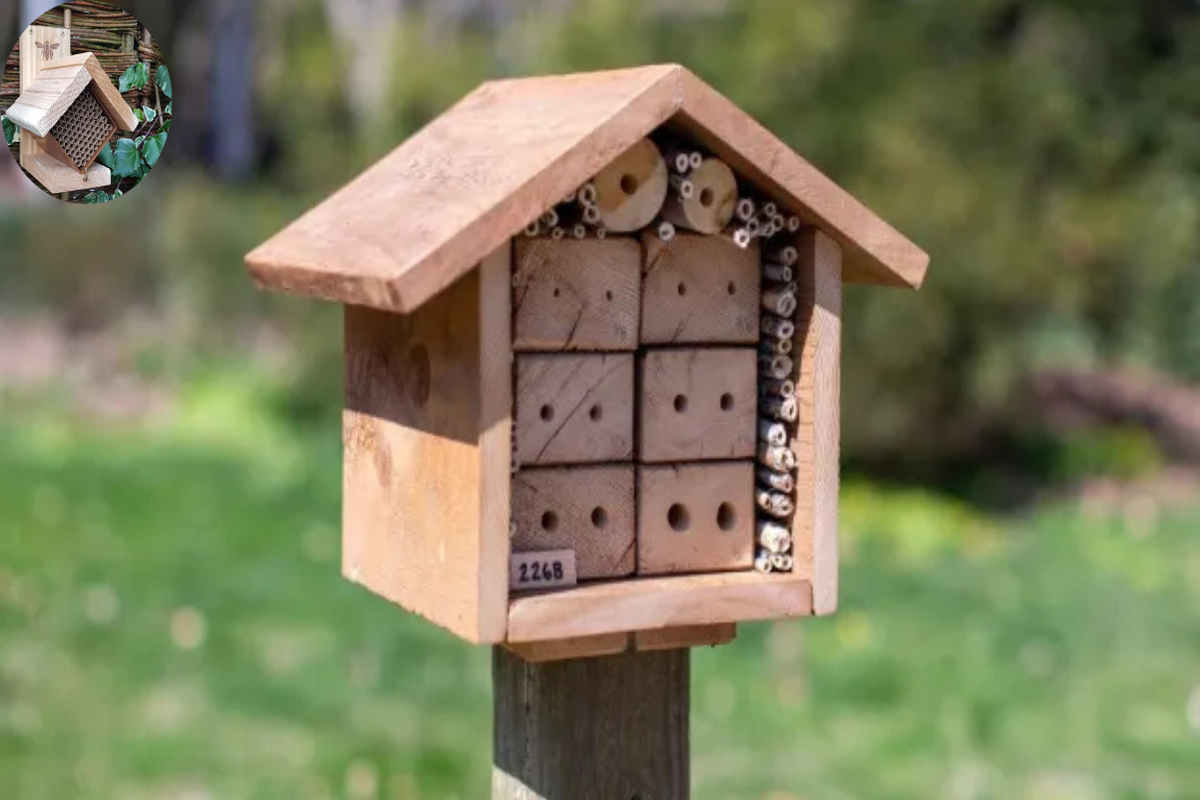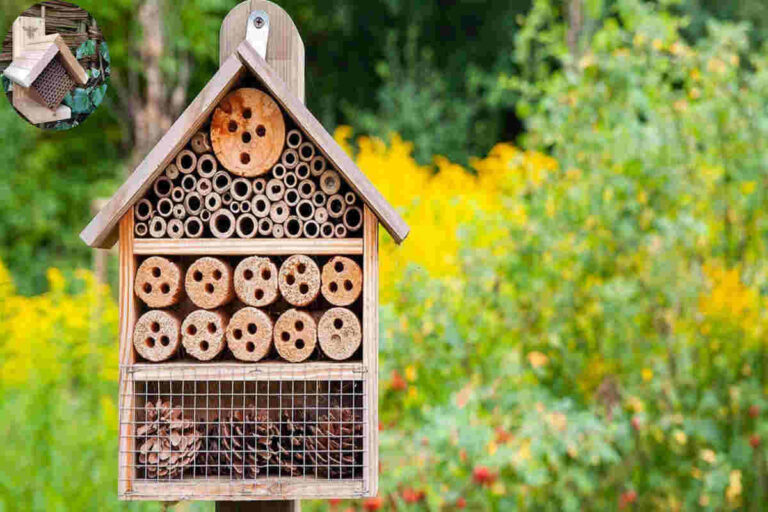Welcoming bees into your garden is a rewarding way to support local biodiversity and boost pollination, but choosing the right spot for a bee house is crucial for their wellbeing and success. In the UK, the placement of a bee house-whether for solitary bees or managed hives-can make all the difference, affecting everything from warmth and shelter to accessibility and safety. Understanding where to put your bee house ensures you provide the best environment for these vital pollinators, helping them thrive while giving you a front-row seat to their fascinating world.
The Importance of Bee Houses
Bee houses play a crucial role in supporting local bee populations, particularly solitary species. Unlike social bees that live in colonies, solitary bees often seek out small spaces for nesting. Providing these habitats can significantly enhance their survival rates.
These structures not only offer shelter but also contribute to the overall health of gardens and surrounding ecosystems. Bees are vital pollinators, helping to fertilize flowers and plants. This process leads to increased fruit and vegetable yields.
Creating a bee-friendly environment helps combat the decline in bee numbers caused by habitat loss, pesticides, and climate change. By installing a bee house, you become an active participant in conservation efforts while adding charm to your garden space.
Supporting bees fosters biodiversity and promotes sustainable gardening practices that benefit everyone.
Factors to Consider When Choosing a Location for Your Bee House
When selecting a location for your bee house, sunlight is crucial. Bees thrive in warm environments, so placing the house where it will receive morning sun helps encourage activity.
Shelter from strong winds plays an important role too. Positioning your bee house near natural barriers like hedges or walls can provide protection while maintaining airflow.
Consider the proximity to flowering plants as well. A nearby source of nectar and pollen attracts bees and supports their health and productivity.
Avoid locations with excessive moisture or standing water. Damp areas can lead to mold growth, which isn’t ideal for these pollinators.
Ensure the area remains undisturbed by pets or human traffic. A quiet spot allows bees to feel safe as they go about their work without unnecessary stress.
You may also read (outdoor).
Best Locations for Bee Houses in the UK
When selecting the best locations for bee houses in the UK, consider areas that are rich in flowering plants. Gardens with a variety of native flowers provide essential food sources for bees.
Aim for a spot that receives morning sunlight. This helps warm up the bee house early in the day, encouraging activity and productivity among your winged visitors.
Place your bee house away from heavily trafficked areas and loud noises.Bees thrive in peaceful environments where they can forage without stress.
Proximity to water sources is also beneficial. A nearby birdbath or small pond can attract bees looking to hydrate while pollinating local flora.
Ensure your bee house isn’t shaded by larger structures or trees. Optimal light exposure increases its appeal and effectiveness as a habitat for solitary bees.
Do’s and Don’ts of Installing a Bee House
When installing a bee house, choose the right height. Aim for about three to five feet off the ground. This makes it easy for bees to access their new home.
Position your bee house facing southeast. Morning sunlight helps warm up the structure and encourages bees to start their day early.
Avoid placing it in windy areas or under heavy tree cover. Bees prefer sheltered spots where they can feel secure while working.
Keep toxic materials and chemicals away from your bee house. Even small amounts can harm these essential pollinators.
Don’t forget to keep an eye on nearby flowers and plants as well.A diverse range of blooms will attract more bees and support their health.
Regularly check for pests or debris that could block entryways. A thriving habitat requires cleanliness.
Maintaining Your Bee House for Optimal Results
Maintaining your bee house is essential for attracting and supporting solitary bees. Regular checks will ensure it remains a healthy habitat.
At least twice a year, inspect the structure. Look for signs of wear, damage, or pests that might disrupt the occupants. Cleaning the bee house after each season helps prevent disease buildup.
Remove debris and old nesting materials with a soft brush.This encourages new residents to move in during springtime.
Positioning is vital too; ensure it’s not under direct rainfall but receives plenty of sunlight throughout the day. This creates an inviting environment for bees.
Consider adding native plants near your bee house as they provide food sources and enhance biodiversity in your garden.
Remember: A well-maintained bee house supports pollinator health while enriching your outdoor space with life and activity.
Benefits of Having a Bee House in Your Garden
Having a bee house in your garden offers a multitude of benefits that extend far beyond just supporting our precious pollinators. For starters, these structures play a critical role in enhancing biodiversity. By providing shelter for solitary bees, you help maintain healthy populations that are essential for pollinating various plants.
Bees contribute to the pollination of flowers and crops, leading to more abundant blooms and fruits. This not only boosts your garden’s productivity but also enhances its beauty throughout the growing season.
Educating yourself and others about bees fosters appreciation for nature’s amazing ecosystems. Observing these incredible insects at work can be both fascinating and rewarding. You may even inspire friends or neighbors to join in on creating their own bee-friendly spaces.
Every little effort counts toward protecting vital species like bees from decline due to habitat loss and pesticides.
Placing a bee house in your garden is more than just an aesthetic choice; it’s an investment in the future of our environment—and every thriving ecosystem needs resilient partners like you!
You may also read (garden).

